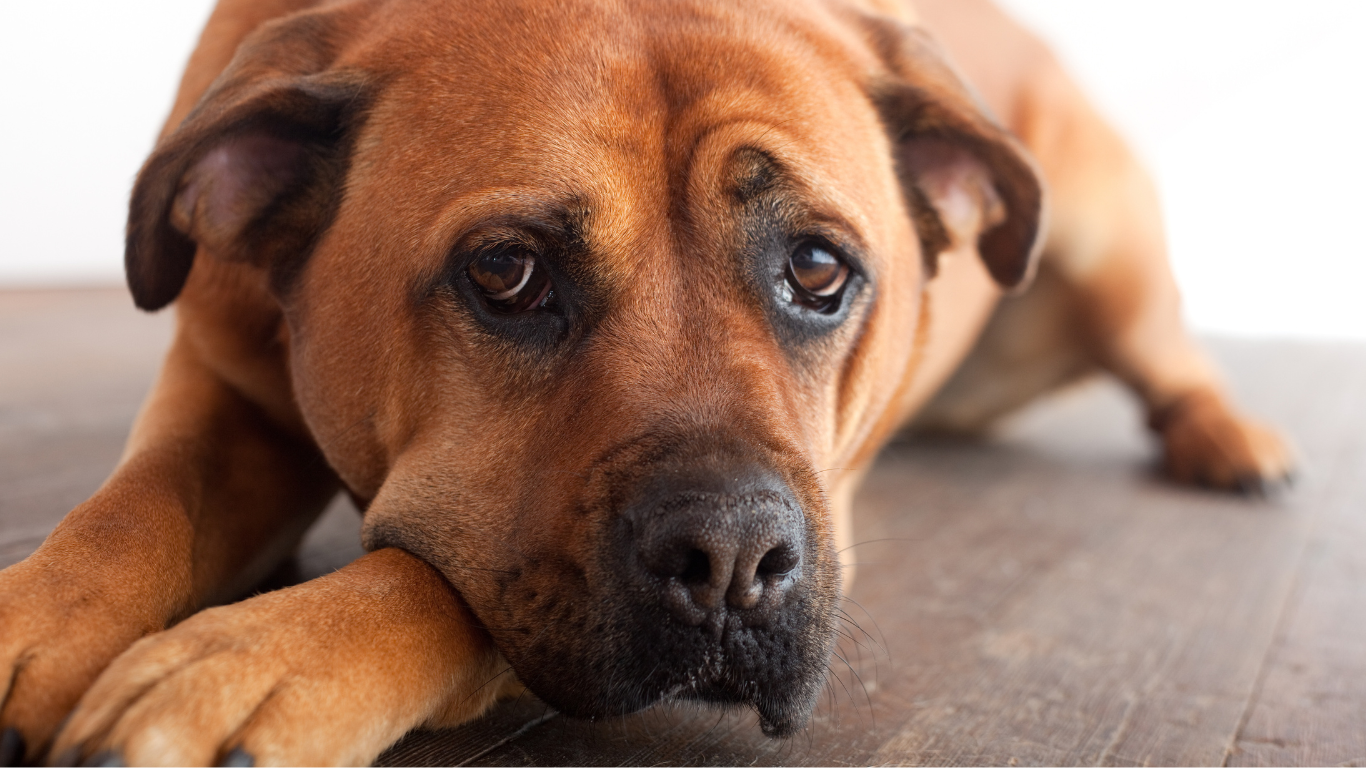The Christmas season is a special challenge when a curious four-legged friend is there - or should come along! The decorations should be as “animal-friendly” as possible, sweets such as chocolate should always be kept at a safe distance – and then there is the issue of “feeding from the holiday table”.
Don't give away animals
Every year people warn against giving pets as gifts at Christmas. And yet, unfortunately, the animal shelters are usually full shortly after the holidays, when everyday life returns and the realization comes that the little ball of fur needs more to live than air and love.
The arrival of an animal should always be well discussed and planned carefully. Puppies and young animals in particular need a lot of attention - which is often underestimated and is very tiring. The costs for food, veterinary care, toys, etc. are borne by the new owner (for reference: a small dog costs around €50 per month after the purchase and initial equipment - but this amount is open to the max!) and the apartment also has to be thoroughly prepared. Here you will find good tips for a successful move in: cats and dogs
If the purchase of an animal has been well discussed, you will find helpful tips for buying a puppy here .
Secure decorations
Be careful when decorating the Christmas tree and your home: many dogs and cats are magically attracted to the glitter and swinging of the ornaments. Tinsel threads may look stylish, but if they are eaten, they can lead to massive intestinal problems.
Christmas tree baubles can also be dangerous if they fall and shatter. If these splinters are ingested by a dog or cat, they can cause dangerous injuries to the gastrointestinal tract. As a first measure, you could give the dog a large amount of sauerkraut mixed with food so that the splinters of sauerkraut are coated as much as possible. Smaller balls that are made of a more solid material can pose a risk of intestinal obstruction after ingestion.
In any case, a veterinarian should be consulted immediately in these cases!
Because of the increased risk of fire, you should avoid using real candles in the Christmas tree. An electric light chain can help here.
Feast with consequences
Dogs like Labradors in particular like to eat everything that comes in front of them - including gingerbread and chocolate. Therefore, the plate with sweet treats should be placed in a place that cannot be reached by the four-legged friend. Too much chocolate can cause chocolate poisoning, which can be fatal. The danger for the dog depends on the cocoa content and the dog's weight.
As a rule of thumb: The toxin theobromine contained in cocoa can be dangerous in dark chocolate at just 20 mg per kg of body weight.
If this amount has been ingested, a veterinarian should be consulted as soon as possible, who will then administer an emetic.
People also often give in to the pleading look at the dinner table during the Christmas season - after all, it is a special time for animals too. But what is very cute at first can later develop into a real problem. Quickly devoured bones can lead to nausea and diarrhea - in the worst case, even suffocation.
On the other hand, massive constipation (bone excrement) and even intestinal obstruction can occur. Poultry bones should generally not be fed as they can splinter due to their structure and therefore pose a risk of injury.
What you should pay attention to when eating fondue: Under no circumstances should raw pork be fed to dogs or cats. This meat can contain the Aujeszky virus, which is fatal to dogs and cats after consumption - but is completely harmless to humans.










